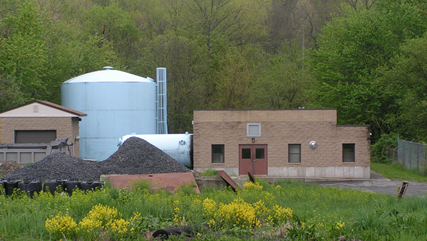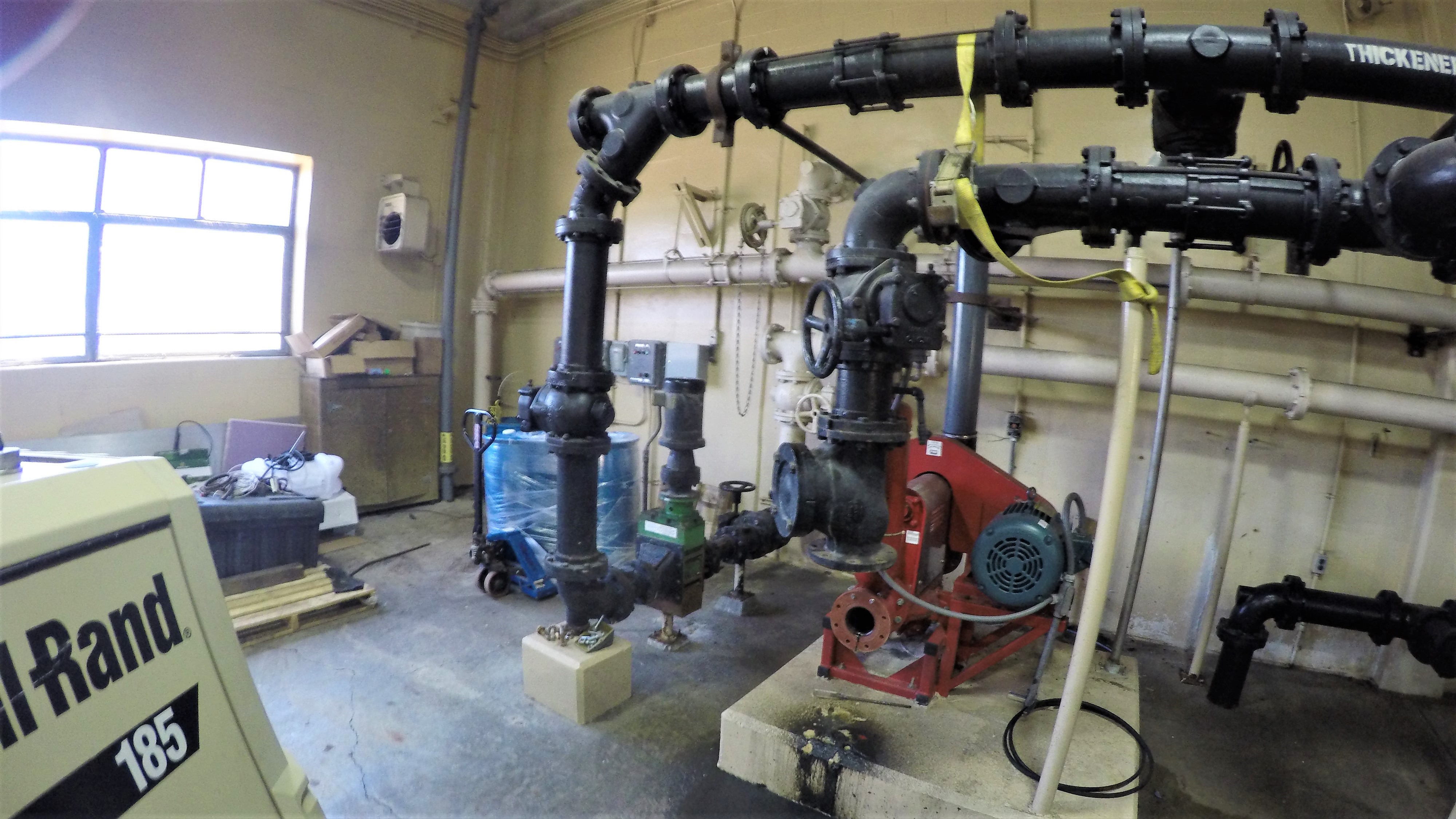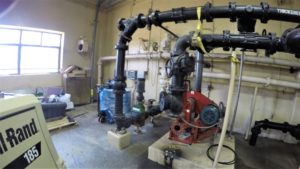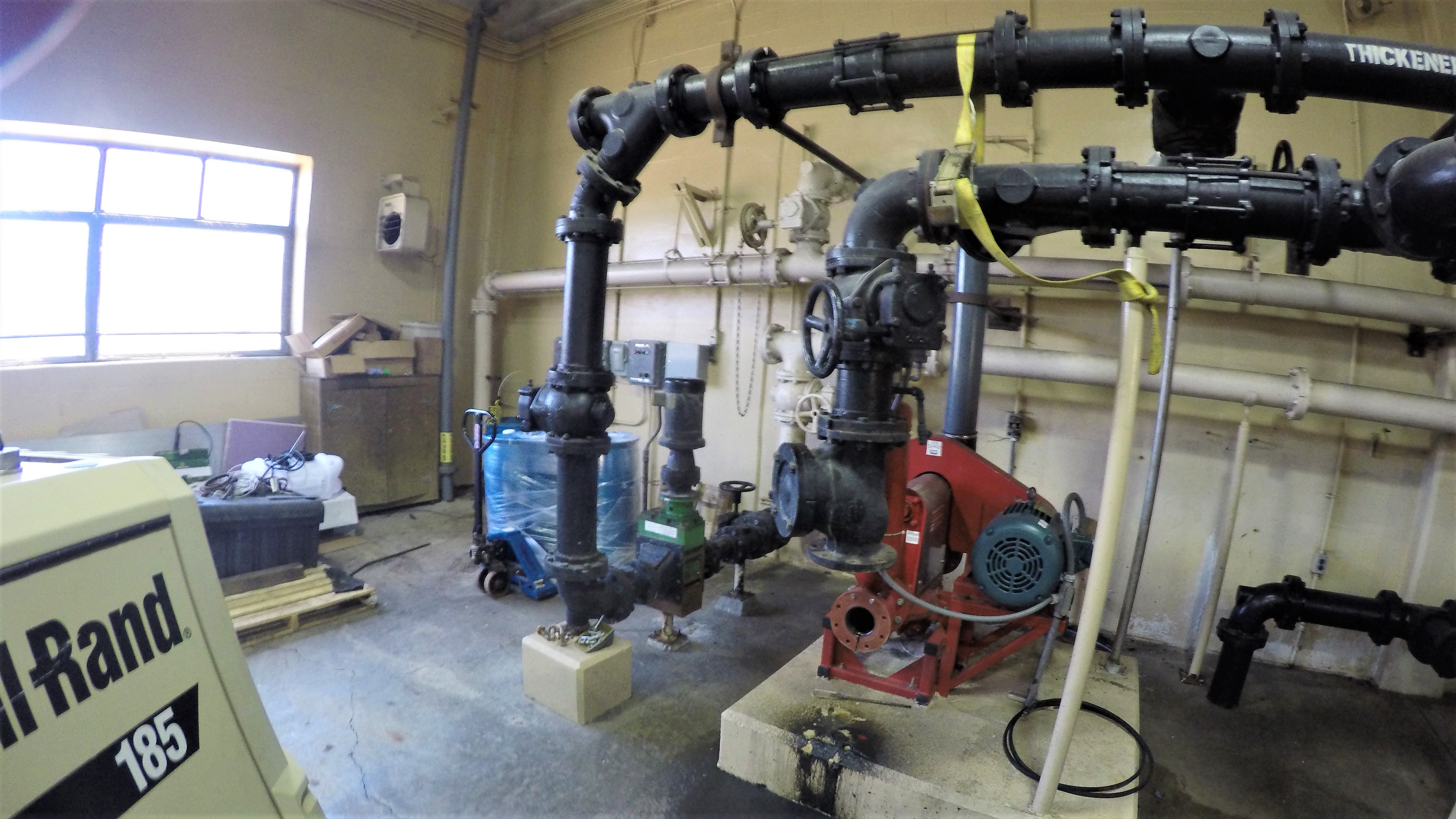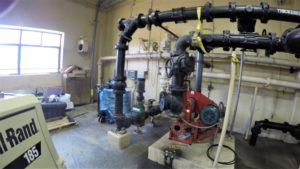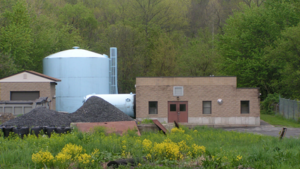
Wastewater is the dirty little secret no one likes to talk about. Nevertheless, managing our nation's wastewater is of the utmost importance.
No infrastructure plan is complete without wastewater management. It can impact the health of residents, strengthen or weaken the appeal of a locality, and have an effect on the environment.
As the nation’s population continues to grow, wastewater management has become increasingly crucial. Over the next 20 years, the U.S. is expected to gain more than 56 million wastewater treatment system users. This indicates the need for wastewater infrastructure improvements.
About 14,748 wastewater treatment plants currently serve nearly 240 million Americans, or 76% of the U.S. population. In its current state, our wastewater infrastructure suffers from 23,000 to 75,000 sanitary sewer overflow events every year, according to the U.S. Environmental Protection Agency. These facts demonstrate the need for increased wastewater infrastructure funding.
At KC Engineering and Land Surveying, P.C. (KC), our wastewater treatment group has designed, constructed, and helped to operate over 70 facilities. We work with government, industrial, and private clients to meet a full range of wastewater related needs. We approach each project with innovative and creative expertise to deliver comprehensive engineering services that solve the most intricate wastewater challenges from concept through design, construction, and operation.
With projects like the Tri-Municipal Sewer Commission Compost Permit Renewal, Wallkill Raw Sewage Pump Replacement, and Wappingers Falls Sanitary Sewer Pipe TV Inspections, KC has helped to increase capacity and improve the performance of existing treatment facilities. KC strives to meet strict water discharge policies, conserve energy, and reduce environmental impact.

